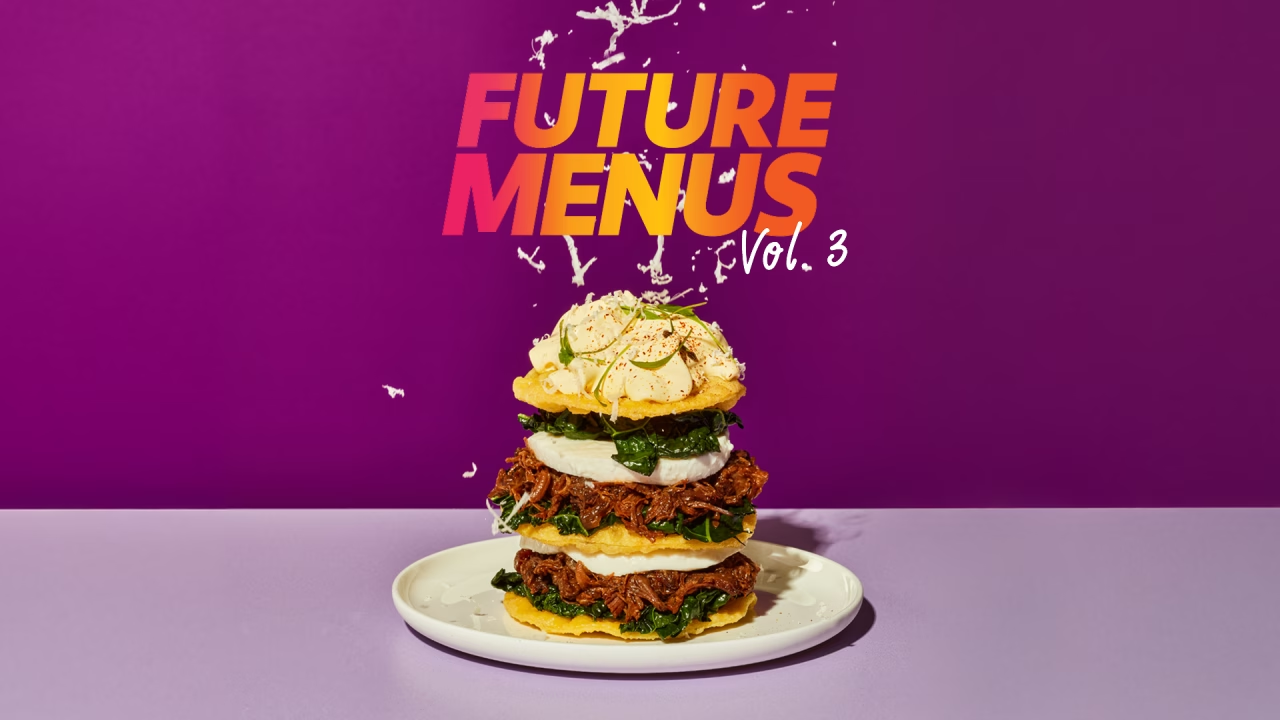Unilever Food Solutions (UFS) has released the third volume of its Future Menus trend report, identifying four major culinary trends that it says will reshape the Australian foodservice landscape through to 2030.
The comprehensive research, conducted in partnership with global research firm Kantar, analysed data from 21 countries, interviewed more than 1,000 chefs, and processed 300 million keyword searches to uncover the forces driving menu evolution.
“Our mission is all about helping chefs be more prepped for tomorrow,” said Emily Ng, Head of UFS ANZ Marketing, during the report’s unveiling. “We’re extremely proud to be bringing to the industry this deep level of data and insights.”
The four defining trends
Street Food Couture elevates traditional street food concepts by incorporating gourmet ingredients and sophisticated twists while maintaining the simplicity and sharing culture that makes street food appealing. This trend reflects the growing popularity of food trucks, pop-ups, and elevated casual dining experiences.
Borderless Cuisine goes beyond traditional fusion cooking, driven by global migration and cultural exchange. The report notes a shift in culinary influences flowing from west to east and north to south, creating new flavour combinations and integrating cooking techniques.
Culinary Roots celebrates lesser-known regional cuisines, indigenous ingredients, and traditional cooking methods. Particularly significant for Australia, this trend has given rise to ‘Third Culture cooking’ – a phenomenon where chefs living between two cultures express their unique cultural identities through food.
Diner Design addresses the demands of Gen Z and millennials for customisable, interactive dining experiences. From simple sauce customisation to immersive front-of-house experiences, this trend emphasises personalisation and engagement.
Key market drivers
The report identifies Gen Z as the most significant demographic force, representing 1.6 billion consumers globally with twice the spending propensity of previous generations.
In Australia, two-thirds of Gen Z consumers dine out three to four times a month and order delivery 5.7 times, compared to 4.2 times for average consumers.
Australia’s multicultural landscape provides another major driver, with over 30% of the population expected to be born overseas by 2030. This demographic shift, combined with the presence of international students and skilled migrants in the hospitality industry, is creating new layers of culinary complexity.
Technology and health Influences
The report also highlights three emerging factors: technology-driven alternative proteins and dairy replacements, the potential impact of GLP weight-loss medications on portion sizes and nutritional demands, and AI-powered automation, which frees chefs to focus on menu innovation.
“We expect to see new food categories in cell-based proteins and lab-grown foods,” Ng explained, noting the tension between technological advancement and consumer desires for naturalness and transparency.
The Future Menus trend report
UFS leveraged its global network of chefs and extensive country coverage to capture demographic shifts and menu trends ahead of mainstream adoption. The collaboration with Kantar involved a comprehensive analysis of social, economic, and demographic factors affecting food consumption patterns.
Restaurant operators and chefs can access the complete digital report, including practical recipe ideas for implementing the four trends, through UFS’s website.







